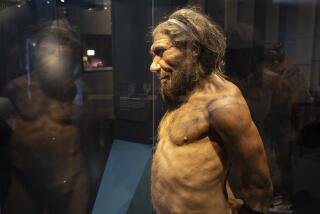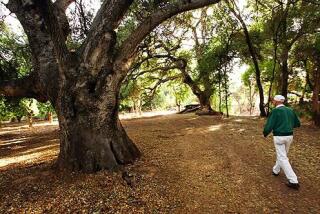MAJOR EVENTS IN THE HISTORY OF LIFE...
- Share via
MAJOR EVENTS IN THE HISTORY OF LIFE edited by J. William Schopf (Jones and Bartlett: $30., illustrated) and THE HISTORY OF THE EARTH: An Illustrated Chronicle of an Evolving Planet by William K. Hartmen & Ron Miller (Workman: $19.95). These two large-format natural-history books demonstrate the gap that separates serious academic research from shallow popular science writing. The product of an all-day symposium held at UCLA in 1991, “Major Events in the History of Life” is primarily intended for undergraduate college students. However, the six major essays are accessible to any general reader willing to tackle discussions supported by mathematical formulae and/or chemical equations. Editor J. William Schopf explains how the geological record reveals that primitive photosynthetic algae raised the level of oxygen in the Earth’s atmosphere until it could support other forms of life. Phillip V. Tobias of the University of Witwatersrand summarizes the current debates over which early hominids gave rise to the present homo sapiens sapiens, and which proved to be evolutionary dead ends. In contrast to this stimulating and challenging volume, “The History of the Earth” seems not only superficial but also careless. In the section on dinosaurs, Hartmen and Miller state that “brachiosaurus was once known as brontosaurus.” The correct name for the animal commonly called brontosaurus is apatosaurus: Brachiosaurus is a larger and entirely different creature. They present an often ludicrous “eyewitness” account of a giant asteroid striking Earth and destroying the dinosaurs, but they ignore or inadequately explain the questions about their extinction that this controversial hypothesis fails to answer. Hartmen and Miller assert, “The new catastrophism catapults Earth out of its nineteenth-century isolation and places it where it should be, in the rich cosmic environment.” Their unswerving advocacy of a hotly debated theory is actually closer to the 19th-Century tradition of accepting ideas on faith than to the rigorous spirit of modern scientific inquiry embodied in “Major Events in the History of Life.”






